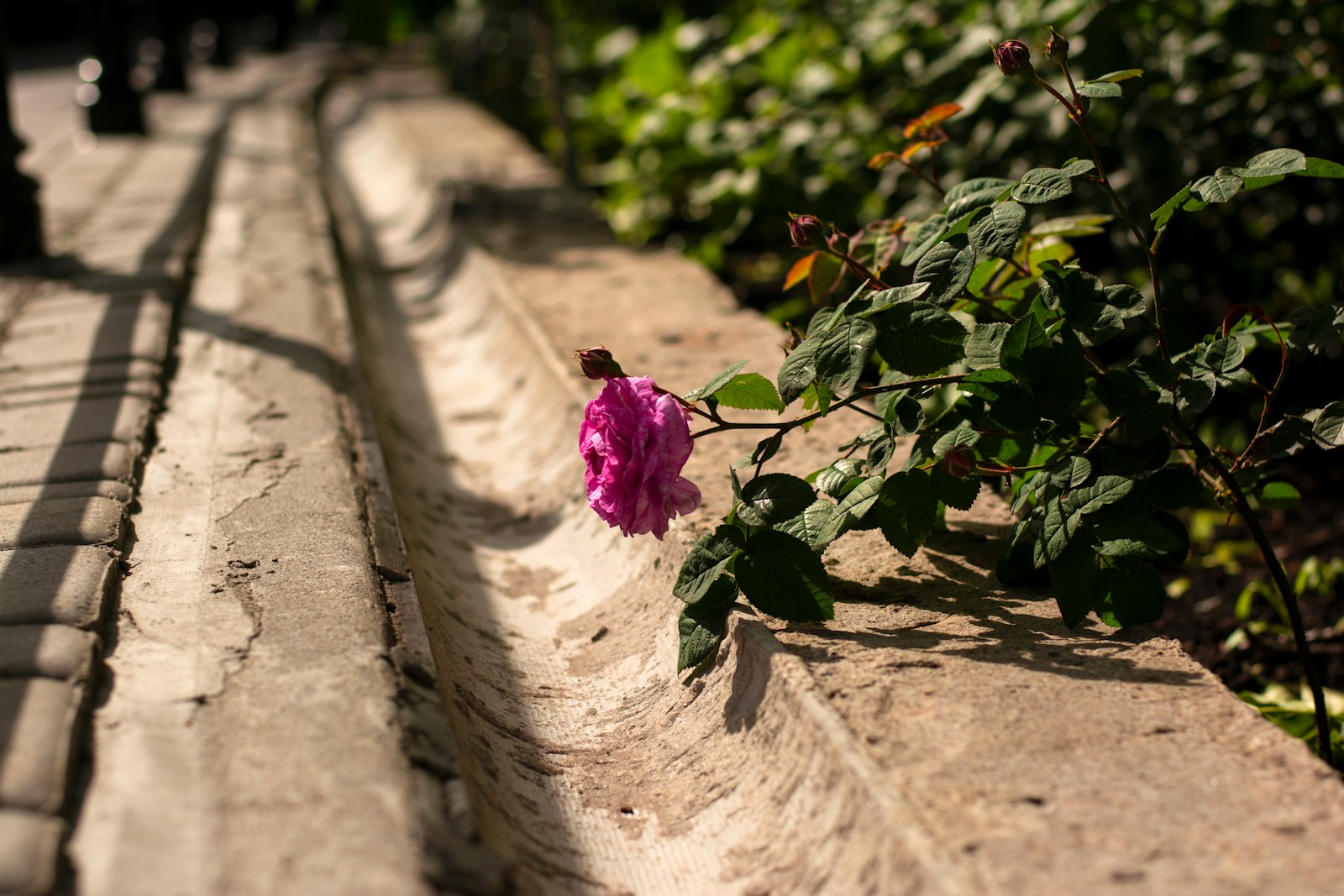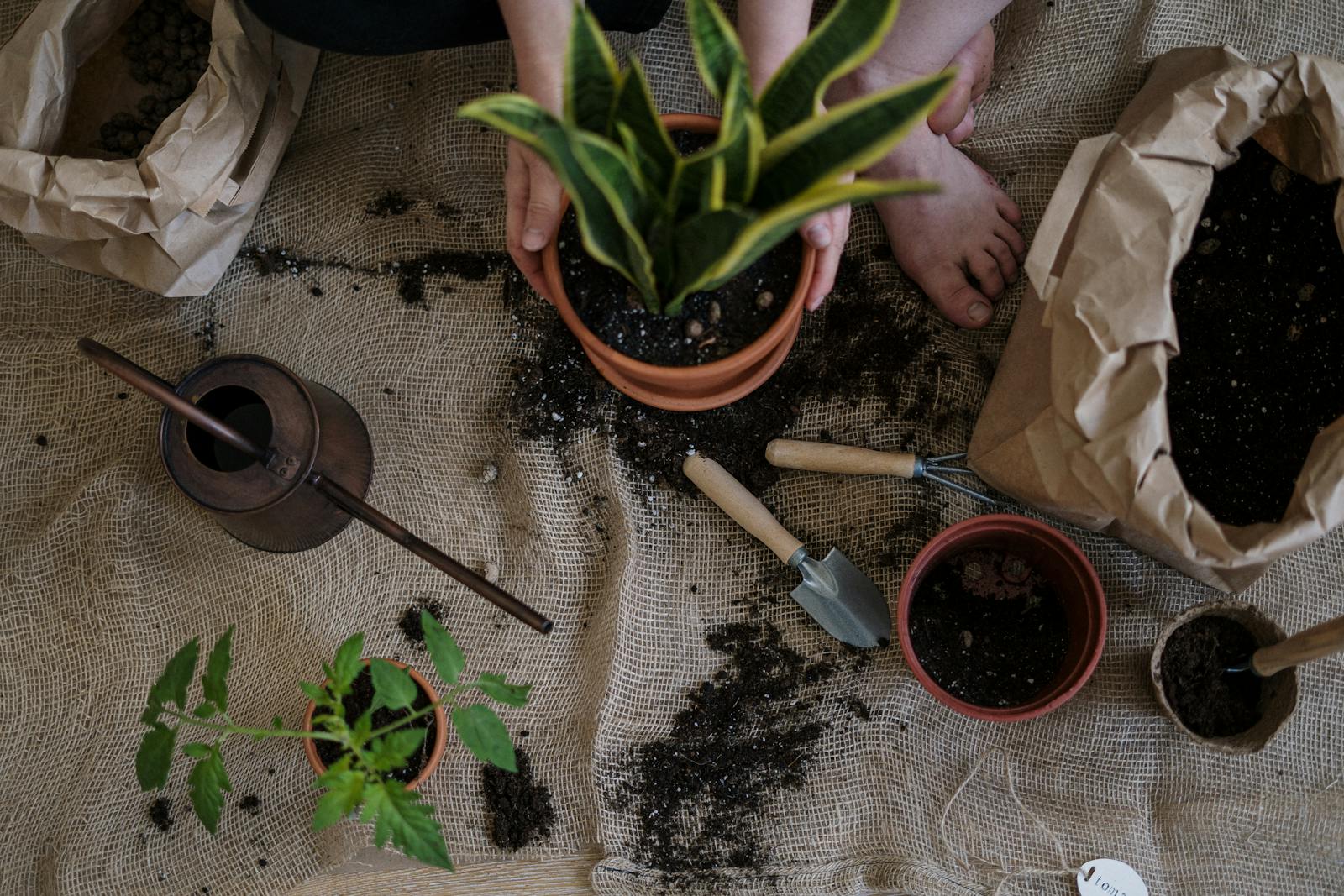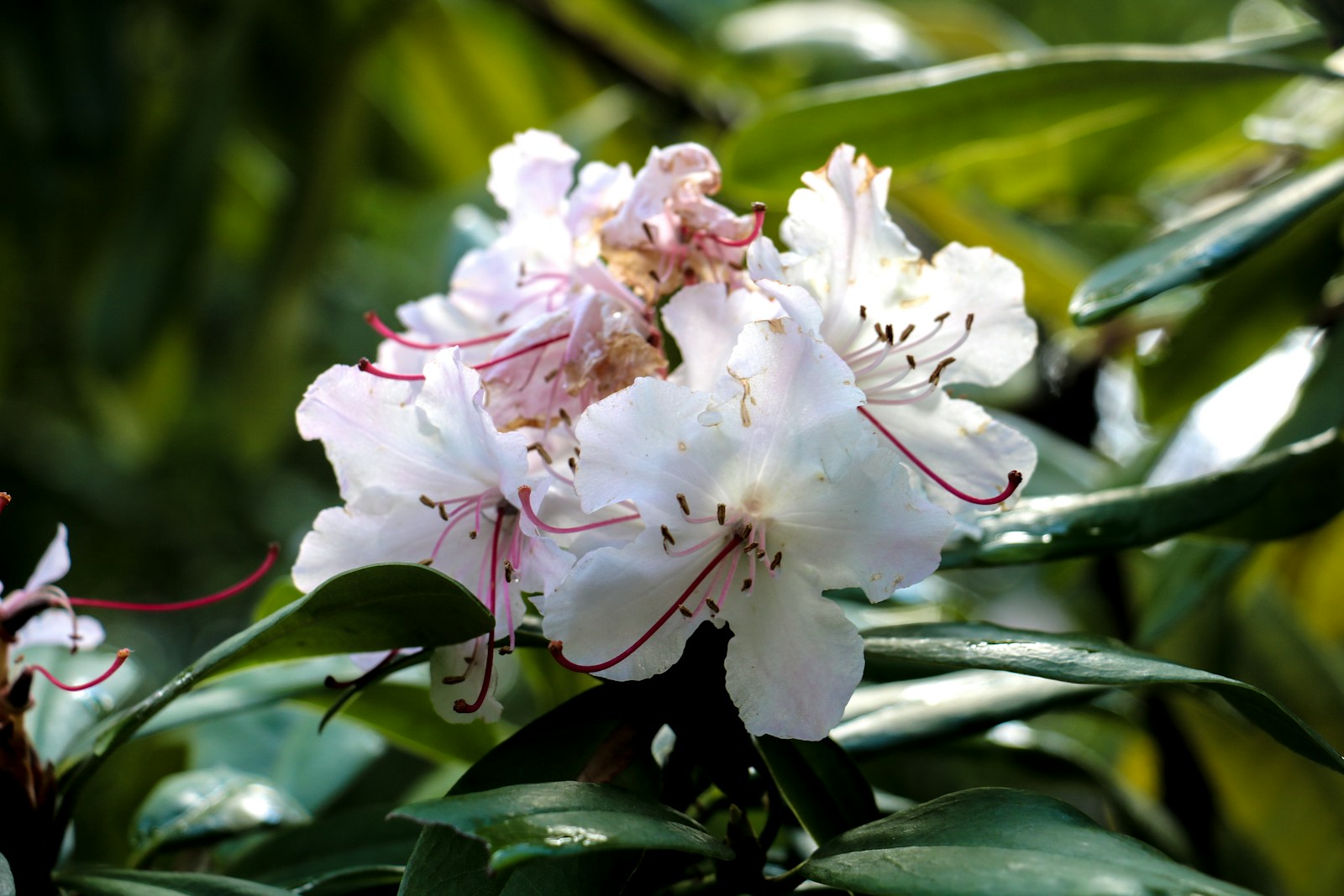Drought-Tolerant Planting Ideas for Waterwise Gardens
Why Drought-Tolerant Planting Matters
Drought-tolerant planting is essential for regions facing water restrictions, hot summers, or unpredictable rainfall. By choosing plants that thrive with minimal watering, you reduce maintenance, lower your water bill, and create a garden that withstands climate stress.
This method supports sustainability without sacrificing beauty. With the right plant choices and layout, you can design a vibrant, resilient landscape that offers color, texture, and structure all year long. It’s a smart way to garden more consciously while protecting precious water resources.
Characteristics of Drought-Tolerant Plants
Drought-tolerant plants have adapted to survive with little water. Many feature deep root systems that access moisture far below the surface. Others store water in thick leaves or stems, or have small, waxy foliage that reduces evaporation.
Look for plants with silver or gray-green leaves, which reflect sunlight. Aromatic oils, like those found in lavender or rosemary, help minimize moisture loss. Choosing these hardy performers ensures your garden can flourish even during extended dry periods.
Best Perennials for Drought-Prone Areas
Perennials are a great investment in drought-tolerant planting. Once established, they come back year after year with minimal input. Top picks include Russian sage, coneflowers, yarrow, coreopsis, and blanket flower. These plants offer bold color and attract pollinators.
For structure and texture, try ornamental grasses like blue fescue or feather reed grass. Many succulents, such as sedum and hens-and-chicks, also qualify as perennials in mild climates. These resilient plants provide a low-maintenance, high-impact backbone for waterwise landscapes.
Using Native Plants for Low-Water Gardens
Native plants are naturally suited to your local climate, soil, and rainfall patterns, making them a top choice for drought-tolerant planting. They need less water, fertilizer, and pest control compared to exotic species.
Research regional native wildflowers, shrubs, and ground covers. Examples include California poppies in the West, purple coneflowers in the Midwest, or black-eyed Susans in the East. Incorporating natives creates a garden that is not only waterwise but also supports local ecosystems and pollinators.
Designing with Color and Texture in Dry Gardens
Drought-tolerant planting doesn’t mean a dull garden. Combine vibrant blooms with textured foliage for dynamic, waterwise displays. Pair bold flowers like gaillardia and salvia with feathery grasses or fuzzy lamb’s ear for visual interest.
Group plants by water needs and use repetition to create rhythm and unity. Incorporate gravel, stone mulch, or decorative rocks to reflect heat and highlight plant colors. Smart design ensures your dry garden remains eye-catching and elegant, even without constant watering.
Ground Covers That Save Water and Fill Space
Ground covers are an efficient way to reduce water use and suppress weeds in a drought-tolerant planting scheme. These low-growing plants spread across the soil, providing shade that conserves moisture and stabilizes temperature.
Top drought-tolerant options include creeping thyme, sedum, ice plant, and woolly yarrow. These choices add texture and color while eliminating the need for thirsty lawns. Use them between stepping stones, on slopes, or in border edges. Ground covers offer beauty, erosion control, and low-maintenance appeal in dry-climate gardens.
Container Gardening with Drought-Resistant Plants
Container gardening is perfect for small spaces or patios—and it’s easy to make waterwise. Use unglazed clay pots or self-watering containers, and fill them with drought-tolerant planting combinations like succulents, cacti, or Mediterranean herbs.
Group pots by size and water needs, and place them in areas with partial sun to reduce evaporation. Mulch the soil surface with pebbles or bark to lock in moisture. Containers let you create focused displays of dry-loving plants that thrive with minimal care and look stylish year-round.
Mulching Strategies to Retain Moisture
Mulch is a key element in drought-tolerant planting. It conserves soil moisture, reduces weeds, and improves soil structure over time. Organic mulches like bark chips, shredded leaves, or compost are ideal for garden beds, while gravel or decomposed granite suit more arid landscapes.
Apply mulch 2–3 inches deep, keeping it away from plant stems to prevent rot. Replenish annually to maintain effectiveness. Strategic mulching enhances plant health, reduces watering needs, and gives your garden a polished, cohesive look that complements dry-weather plantings.
Hardscape Features that Reduce Water Use
Incorporating hardscapes—such as stone pathways, gravel patios, or raised beds—can significantly reduce the amount of irrigated space in your yard. These elements support drought-tolerant planting by minimizing turf and focusing water only where needed.
Use flagstone, permeable pavers, or decomposed granite to add texture and function. Surround seating areas with planters of tough, colorful species. Hardscapes not only save water but also add structure, accessibility, and style to any dry garden design.
Irrigation Tips for Dry Climate Gardens
Even drought-tolerant planting needs occasional watering—especially during establishment. Drip irrigation and soaker hoses are best, as they deliver water directly to roots with minimal evaporation. Water deeply and less frequently to encourage strong root systems.
Early morning is the optimal time to irrigate, reducing water loss to heat and wind. Use mulch to slow evaporation and reduce the frequency of watering. A consistent, efficient irrigation strategy keeps plants healthy and stress-resistant in dry conditions.
Ornamental Grasses for Movement and Structure
Ornamental grasses are a staple in drought-tolerant planting. They offer texture, height, and graceful movement that contrasts beautifully with compact perennials and succulents. Many species, such as blue fescue, feather reed grass, and fountain grass, thrive in dry conditions with little maintenance.
These grasses are perfect for creating backdrops, edging borders, or filling gaps in garden beds. Their seasonal changes—from lush summer plumes to golden fall tones—bring year-round interest. They also provide habitat for beneficial insects and birds, supporting ecological balance in your waterwise garden.
Combining Edibles with Drought-Tolerant Plants
You don’t have to choose between beauty and productivity—many edible plants thrive in drought-tolerant planting schemes. Mediterranean herbs like rosemary, thyme, oregano, and sage require little water and add fragrance and flavor to your garden.
Drought-resistant vegetable varieties such as cherry tomatoes, Swiss chard, and hot peppers also perform well with minimal watering. Use raised beds or containers for better drainage and efficiency. Interplant edibles with ornamentals for a lush, edible landscape that looks as good as it tastes.
Designing Garden Beds for Water Efficiency
Efficient layout enhances the effectiveness of drought-tolerant planting. Group plants with similar water needs to avoid overwatering some and underwatering others. Place thirsty plants near your home or rainwater catchment systems, and more resilient species farther out.
Design beds with gentle slopes to direct water toward plant roots, and use edging to keep mulch and moisture in place. Layer plants by height and texture to create interest and shade the soil, which further conserves water. Smart bed design maximizes resources and visual impact.
Maintaining Beauty with Minimal Input
Drought-tolerant planting is not just about water savings—it’s also low maintenance. Once established, many plants require only occasional pruning, seasonal mulching, and periodic weeding. Choosing perennials, natives, and self-seeding species reduces the need for constant replanting.
Use slow-release organic fertilizers to support steady growth without overstimulation. Monitor for pests and diseases, but know that many drought-tolerant plants are naturally resistant. A well-planned dry garden offers lasting beauty with minimal work—leaving you more time to enjoy your outdoor retreat.
Embracing a Waterwise Gardening Lifestyle
By focusing on drought-tolerant planting, you’re adopting a sustainable, forward-thinking approach to gardening. It’s about working with your environment, not against it—choosing plants and practices that respect natural resources while delivering style and functionality.
Whether you’re in a dry climate or preparing for future weather changes, a waterwise garden brings resilience, ease, and beauty to your landscape. It’s not just a trend—it’s a smart, earth-friendly choice that benefits your garden, community, and the planet.
Frequently Asked Questions
What are the easiest drought-tolerant plants to grow?
Some of the easiest drought-tolerant plants include lavender, yarrow, sedum, blanket flower, and rosemary. These species are resilient, low-maintenance, and thrive in a range of soil types. Once established, they require minimal watering and can tolerate heat and dry conditions. Many also attract pollinators and offer long-lasting blooms or aromatic foliage. These plants are ideal for beginners or gardeners transitioning to a waterwise landscape. Incorporating them into your garden reduces upkeep while ensuring beauty throughout the growing season.
How do I start a drought-tolerant garden?
Start by assessing your soil, sun exposure, and climate zone. Choose plants adapted to your conditions and group them by water needs. Replace thirsty turf with drought-tolerant planting beds or ground covers. Use mulch to retain soil moisture and reduce weeds. Install a drip irrigation system or water early in the morning to minimize evaporation. Begin with a few hardy perennials and expand over time. With proper planning and care, your garden will thrive on less water and deliver long-term beauty and sustainability.
Can drought-tolerant plants survive with no watering?
While drought-tolerant plants need less water than traditional garden plants, they still require occasional watering—especially during their first growing season. Once established, many can survive dry spells without supplemental irrigation, but extreme heat or prolonged drought may stress even hardy species. Deep, infrequent watering encourages strong root systems. Adding mulch and reducing competition from weeds further improves moisture retention. Total irrigation elimination isn’t always realistic, but drought-tolerant planting significantly reduces the frequency and volume of watering needed for a thriving garden.
Are native plants always drought-tolerant?
Not all native plants are drought-tolerant, but many are well-adapted to local climate patterns, including dry periods. Native species from arid or Mediterranean climates are especially suited to drought-tolerant planting. They often require less water, fertilizer, and maintenance compared to non-native plants. However, natives from wetter regions may still need regular irrigation. When selecting native plants, choose those that are naturally adapted to your area’s soil and rainfall. These plants are more likely to thrive with minimal intervention and support local wildlife.
How can I make my current garden more drought-resistant?
You can increase drought resistance by improving soil with compost, adding mulch, and replacing thirsty plants with drought-tolerant alternatives. Reorganize your layout so plants with similar water needs are grouped together. Install efficient irrigation systems like soaker hoses or drip lines. Reduce lawn size and incorporate hardscapes to cut down on water use. Transition gradually by introducing waterwise species and removing high-maintenance ones. Over time, your garden will become more resilient, lower-maintenance, and better equipped to handle dry conditions.
© 2025 GardeningandDecor.com. All rights reserved.



